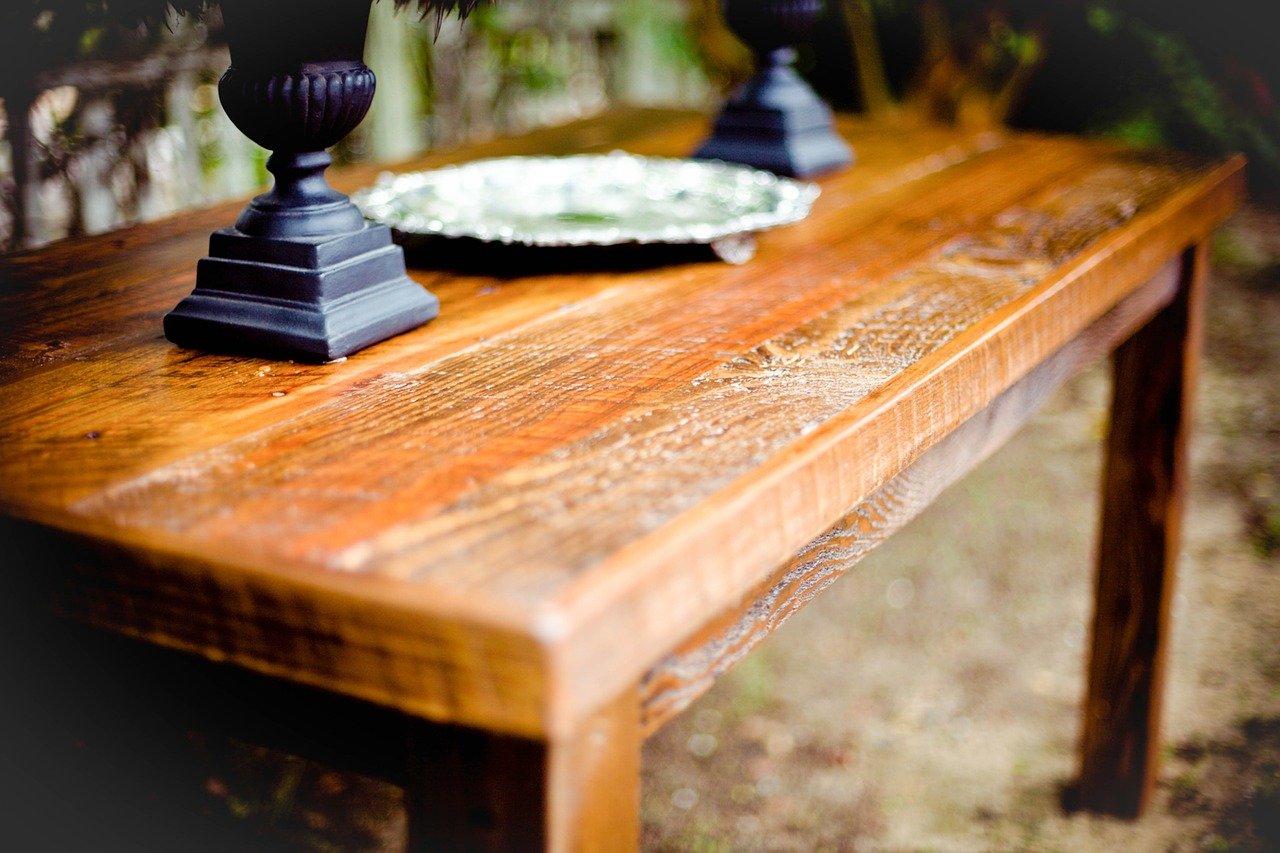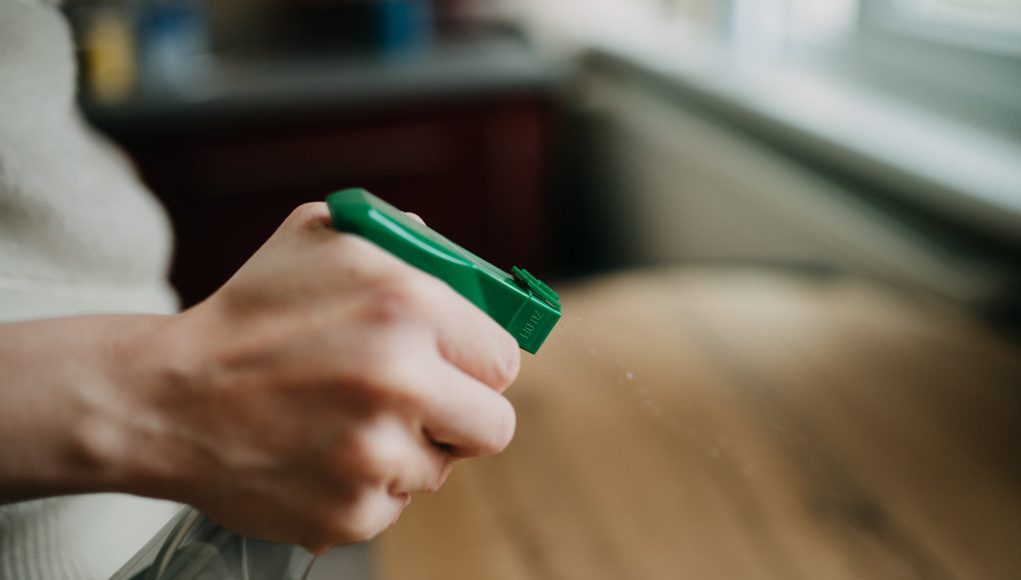Table of Contents
Cleaning of Wood
Wood cleaning is an arduous task, but it does not mean that you need to hire professionals for this work. It can be done by yourself in your home with the help of some good tips and methodology. Most importantly, understand your wood furniture before making plans for its care and maintenance.
Composition of Wood Furniture
The material used in the manufacture of modern wooden furniture has undergone a radical change over time. Earlier, most manufacturers preferred solid wood to veneer-covered plywood because of its durability, strength, and finishing options. But now, with price coming down at liberal terms, plywood has become more popular than ever, with manufacturers working overtime to come up with different designs using modern tools and machinery combined with the latest technology applications.
In addition to the colors and finishing options, the materials and finishing processes have changed. The days of conventional polishes and oils used for giving your furniture a new life are gone. Now you can buy specific wood finish kits which use aerosol sprays and wipe-on applications that leave your table lustrous and good-looking without any extra effort on your part. You can also go for more modern methods such as water-based finishes, which do not contain VOC (Volatile Organic Compounds) like solvents or petroleum-based products, thus making it very eco-friendly.
What is the most effective way to clean wood?
You should ideally use a detergent made specifically for cleaning wood. It can also be fixed with a straightforward mixture of a half-cup of distilled white vinegar, a quarter cup of hot water, and a teaspoon of Dawn dishwashing liquid.
What are the best ways to clean wood furniture?
Having wood furniture can be very nice because it will make your room looks classy. However, you should also know that it needs more attention and proper care to last for a long time. You have to clean the furniture regularly, mainly if you use it often. There are several ways to do so, but here we will provide you with some tips about cleaning the wood furniture.
1. Use Paste Wax
The first thing you should do is wipe your wood furniture with a clean cloth or paper towel. The next step is applying paste wax polishing on it using another clean cloth or paper towel. In this case, polishing the waxing will add up the shiny appearance of your wooden furniture. Avoid applying too much wax; otherwise, you might end up with a white spot.
2. Use Olive Oil
Next, you can use olive oil to clean the furniture. You have to apply some amount of oil directly on the surface of your table using another clean cloth or paper towel. After that, you need to wipe it until the dirt is completely gone away. This method is also suitable for removing stains and watermark marks left by accident spills. However, make sure that you do this process on a small area before doing it on larger surfaces because it might damage your wood furniture.
3. Use Baking Soda
Next, baking soda can be used to remove rust on your wooden furniture. One thing about baking soda is that it absorbs dirt, oil, and rust in wood furniture. To make a paste, just mix water and baking soda together until they become thick. You can then spread the paste on your table using another clean cloth or paper towel. After that, wipe the surface gently until all of the dirt is completely gone away.
4. Use Toothpaste
Read more:How to get pen off the wall: Top 10 Best Methods to Remove Pen from the Wall
Another household product that can be used to clean the furniture is toothpaste because it works well to remove scuff marks on wooden surfaces. There’s no need to worry about scratching your furniture because if you do this process carefully enough, there will be no scratch at all.
The exciting thing about this method is that you can also be whitening toothpaste to make your furniture look shiny again before applying wax. There are many ways you can do with toothpaste, such as rubbing it into your shower tiles and faucet.
5. Use Baking Soda and White Vinegar
One good thing about this method is that it is natural and safe for every material piece of furniture. That means you do not need to worry about damaging your wood furniture if you use baking soda and white vinegar. Baking soda and water are mixed in equal parts until a thick paste forms.
Afterwards, the paste can be wiped onto wood surfaces. After that, let it sit for 20 minutes before wiping the surface gently using a damp cloth or paper towel until all of the stains are obliterated. Next, you can use another wet cloth or paper towel to wipe the surface with white vinegar. It needs to sit for 10 minutes before you wipe it again. Then, you will see a nice and shiny result on your wood furniture.
6. Use Olive Oil and Hydrogen Peroxide
You can also use olive oil and hydrogen peroxide to clean hardwood furniture, especially if you have a dark stain on it. This method is also suitable for those who want something safe from chemical substances because those two ingredients are very beneficial as a natural cleaner. First, mix 1 part of olive oil with four pieces of hydrogen peroxide until they become a thick paste.
After that, put the paste on your wooden furniture and rub it gently until all of the dirt and stain are out. This method is also recommended to remove any rust or dark spot on your wooden furniture.
How to remove surface scratches from wood furniture?

Also, if you paint over the damaged area with a thin coat of matching paint and then blend in the new dye with oil-based furniture wax, it will give your piece a whole new surface look and feel that is hard to distinguish from the original bare wood. It’s not just about touch-ups: Flat surfaces often develop scratches or scuff marks that need repair.
- In areas where you won’t paint, use thin tapes like drafting tape or masking tape.
- Soak a lint-free cloth in plain water (distilled water if possible) and wring it out well.
- Dip the dampened cloth into white toothpaste; spread it over one section of the scratch on your table, end table, or chair.
- If there is any leftover surface toothpaste, buff it with a clean, dry cloth.
- Use fine-grit sandpaper (220 grit) to lightly sand the damaged area of your furniture.
- Wipe away any dust with a clean, damp cloth before you start painting.
- Hold the paint can about 8 inches above the scratched wooden surface and pour some paint into a tray or onto a scrap piece of cardboard. If you are touching up more than one scratch on your work, don’t mix the cans; just use separate trays for each color to not get too much paint in one spot if necessary. Don’t worry about mixing them all because the next step is to blend the scratch with furniture wax.
- Dab paints onto the scratches in your wood furniture with a small brush or old cloth wrapped around your fingertip.
- Fumble through the box of rags until you find one that is clean and dry (or use a new cloth). – Dip it into some wood furniture wax and swirl it gently over the painted area on your table, end table, or chair.














